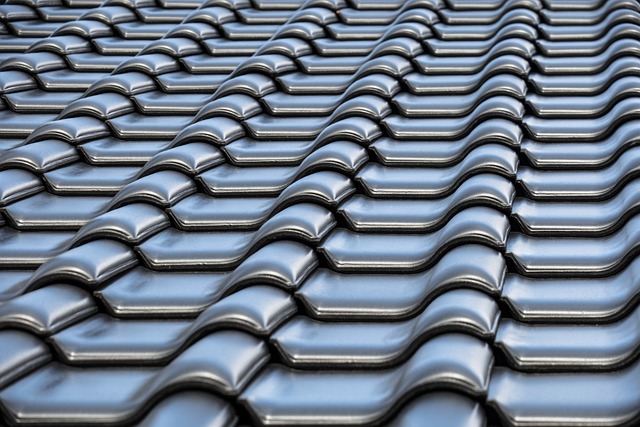Water-resistant natural stone tiles, including marble, granite, and limestone, are durable and low-maintenance choices for bathrooms. Their non-porous surfaces repel water, prevent mold, and offer unique aesthetics. Proper installation with level subfloors, suitable adhesives, grouts, and regular sealing ensures long-lasting performance, making natural stone tiles an eco-friendly, sustainable, and stylish option for bathroom flooring.
Looking to transform your bathroom into a durable, water-resistant space? Discover the best options with our comprehensive guide. We explore the fundamentals of water-resistant tiles, highlighting their benefits and how they differ from natural stone alternatives. From eco-friendly choices like marble and granite to tips on material selection and expert installation advice, this article ensures your bathroom upgrade lasts for years to come. Learn how to choose the perfect durable tiles, including natural stone options known for their longevity.
- Understanding Water-Resistant Tiles: The Basics
- Natural Stone Tiles: An Eco-Friendly Option
- Choosing the Right Material for Durability
- Installation Tips for Longevity and Performance
Understanding Water-Resistant Tiles: The Basics
Water-resistant bathroom tiles are a smart choice for creating durable and low-maintenance spaces. Understanding their basics is key to making an informed decision. These tiles are designed with special coatings or treatments that repel water, preventing it from seeping into the tile’s porous material. Unlike regular ceramic or porcelain tiles, which can absorb moisture and potentially lead to mold or mildew growth, water-resistant varieties offer added protection against these issues.
One popular option within this category is natural stone tiles, such as marble, granite, and limestone. These materials are naturally beautiful and durable but can be susceptible to water damage if not treated properly. However, with specialized sealing and finishing techniques, natural stone tiles can become water-resistant, making them suitable for wet environments like bathrooms while preserving their aesthetic appeal.
Natural Stone Tiles: An Eco-Friendly Option
Natural stone tiles offer an eco-friendly and luxurious option for bathroom flooring. These tiles are sourced from renewable materials, such as marble, granite, or limestone, making them a sustainable choice. Not only do they add a touch of elegance and warmth to any space, but their durability ensures they can withstand the high moisture levels and foot traffic typical in bathrooms.
Each natural stone tile is unique, featuring natural variations in colour and pattern that cannot be replicated by man-made materials. This gives your bathroom a one-of-a-kind character and makes these tiles stand out as a premium choice for those seeking both style and longevity.
Choosing the Right Material for Durability
When it comes to creating a durable and water-resistant bathroom, selecting the right material is paramount. Natural stone tiles, such as granite or marble, offer exceptional durability and resistance to moisture, making them ideal for high-humidity spaces like bathrooms. Their solid structure and non-porous nature prevent water absorption, which can lead to mold and mildew growth. Unlike ceramic or porcelain tiles that may chip or crack over time, natural stone is robust and less prone to damage from heavy objects or frequent foot traffic.
Among the various options, travertine stands out for its unique beauty and superior resistance to water. This type of limestone forms naturally in mineral-rich hot springs, making it exceptionally hard and durable. Travertine tiles have a textured surface that provides excellent traction, reducing the risk of slips and falls. Moreover, their porous structure allows for slight movement without fracturing, ensuring longevity even in unpredictable conditions.
Installation Tips for Longevity and Performance
When installing durable, water-resistant bathroom tiles, such as natural stone tiles, there are several tips to ensure longevity and optimal performance. One crucial step is proper preparation of the subfloor. Ensuring the surface is level, clean, and dry is essential for a successful installation. Any imperfections or moisture can compromise the tile’s adherence over time.
Using high-quality adhesive and grouts designed for wet areas is another vital consideration. Proper spacing between tiles should also be maintained to allow for movement without stress on the grout lines. Regular sealing of the tiles, especially in high-moisture environments, will enhance their water resistance and protect against stains.
When selecting bathroom tiles, prioritizing water resistance and durability ensures a long-lasting, low-maintenance space. Natural stone tiles emerge as an eco-friendly and aesthetically pleasing option, offering superior strength against moisture. By understanding tile materials and proper installation techniques, you can create a beautiful and functional bathroom that withstands the test of time and high humidity levels.
